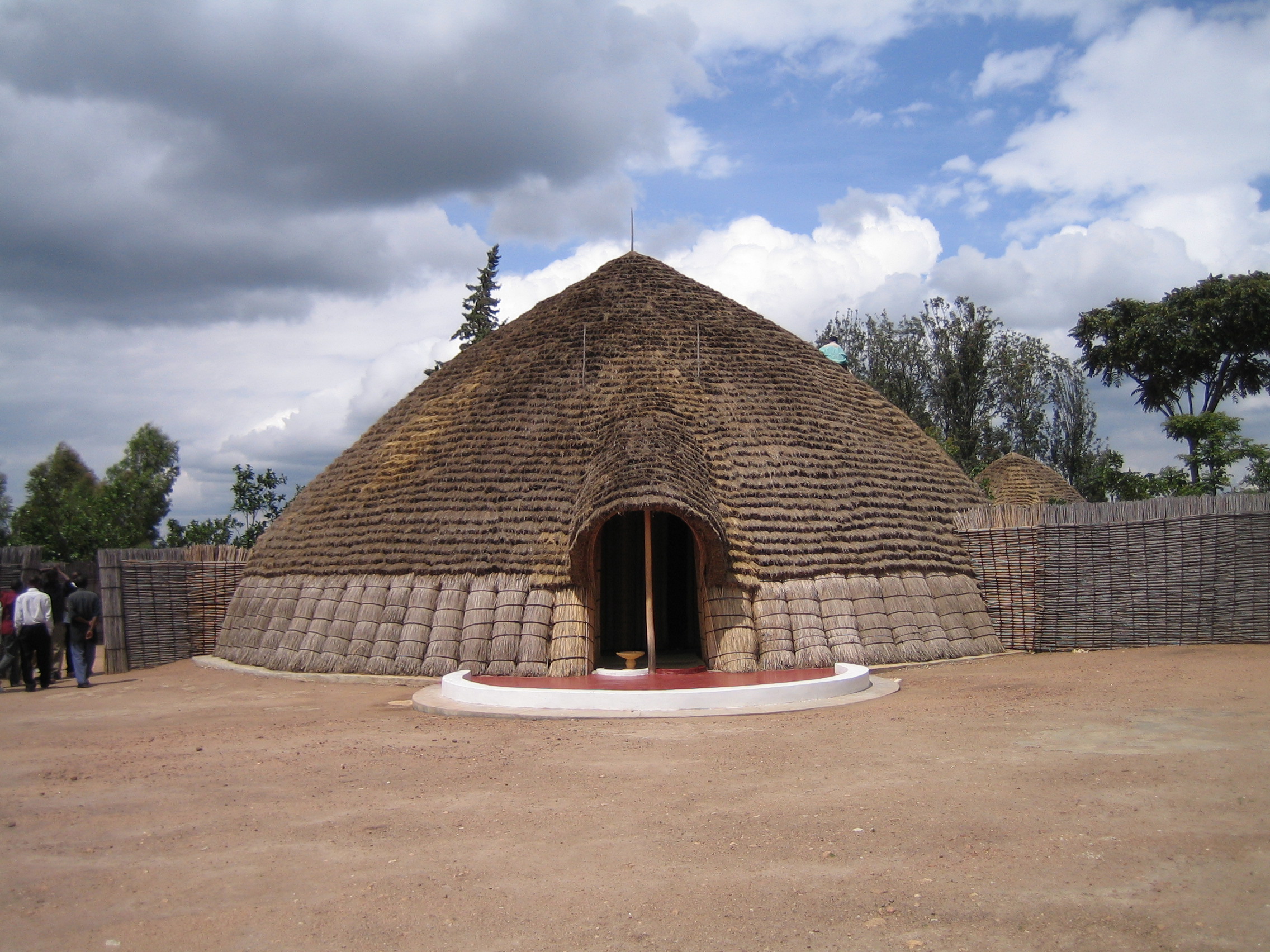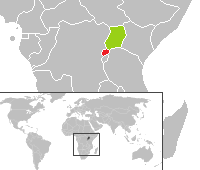|
UN Peacekeeping Missions
This is a list of United Nations peacekeeping missions since the United Nations was founded in 1945, organized by region, with the dates of deployment, the name of the related conflict, and the name of the UN operation. Peacekeeping, as defined by the United Nations, is a way to help countries torn by conflict create conditions for sustainable peace. UN peacekeepers—soldiers and military officers, police officers and civilian personnel from many countries—monitor and observe peace processes that emerge in post-conflict situations and assist ex-combatants in implementing the peace agreements they have signed. Such assistance comes in many forms, including confidence-building measures, power-sharing arrangements, electoral support, strengthening the rule of law, and economic and social development. The Charter of the United Nations gives the Security Council the power and responsibility to take collective action to maintain international peace and security. For this reason, ... [...More Info...] [...Related Items...] OR: [Wikipedia] [Google] [Baidu] |
Namibian War Of Independence
The South African Border War, also known as the Namibian War of Independence, and sometimes denoted in South Africa as the Angolan Bush War, was a largely asymmetric conflict that occurred in Namibia (then South West Africa), Zambia, and Angola from 26 August 1966 to 21 March 1990. It was fought between the South African Defence Force (SADF) and the People's Liberation Army of Namibia (PLAN), an armed wing of the South West African People's Organisation (SWAPO). The South African Border War resulted in some of the largest battles on the African continent since World War II and was closely intertwined with the Angolan Civil War. Following several years of unsuccessful petitioning through the United Nations and the International Court of Justice for Namibian independence from South Africa, SWAPO formed the PLAN in 1962 with material assistance from the Soviet Union, China, and sympathetic African states such as Tanzania, Ghana, and Algeria. Fighting broke out between PLAN and th ... [...More Info...] [...Related Items...] OR: [Wikipedia] [Google] [Baidu] |
United Nations Aouzou Strip Observer Group
The United Nations Aouzou Strip Observer Group (UNASOG) was a United Nations observation mission that was deployed to the Aouzou Strip, in the Republic of Chad. Established in the wake of the Aouzou Strip dispute under Security Council Resolution 915 of 4 April 1994, the mission's mandate was "to verify the withdrawal of the Libyan administration and forces from the Aouzou Strip in accordance with the decision of the International Court of Justice". Deployed to the Aouzou Strip, in the Republic of Chad, between 4 May to 6 June 1994, the group consisted of only 15 personnel, of which nine were military and six were civilians. Personnel were provided by Bangladesh, Ghana, Honduras, Kenya, Malaysia and Nigeria and were sourced mainly from the existing MINURSO The United Nations Mission for the Referendum in Western Sahara ( ar, بعثة الأمم المتحدة لتنظيم استفتاء في الصحراء الغربية; french: Mission des Nations Unies pour l'Organisatio ... [...More Info...] [...Related Items...] OR: [Wikipedia] [Google] [Baidu] |
United Nations Operation In Somalia II
United Nations Operation in Somalia II (UNOSOM II) was the second phase of the United Nations intervention in Somalia and took place from March 1993 until March 1995, following the outbreak of the Somali Civil War in 1991. UNOSOM II carried on from the United States-controlled (UN-sanctioned) Unified Task Force (UNITAF). It had been active for a transition period when United Nations Operation in Somalia I (UNOSOM I) mission proved to be ineffectual. All three of these interventions were intended to establish a secure enough environment for humanitarian operations to be carried out. Four months into its mandate, UNOSOM II would shift into a military campaign as it became embroiled in conflict, primarily against the Somali National Alliance led by Gen. Mohammed Farah Aidid. The infamous Battle of Mogadishu would take place during UNOSOM II, signifying the end of the hunt for Aidid and major operations in Somalia. The United Nations would pull out of Somalia one year later, mark ... [...More Info...] [...Related Items...] OR: [Wikipedia] [Google] [Baidu] |
United Nations Assistance Mission For Rwanda
The United Nations Assistance Mission for Rwanda (UNAMIR) was established by United Nations Security Council Resolution 872 on 5 October 1993. It was intended to assist in the implementation of the Arusha Accords (Rwanda), Arusha Accords, signed on 4 August 1993, which was meant to end the Rwandan Civil War. The mission lasted from October 1993 to March 1996. Its activities were meant to aid the peace process between the Hutu-dominated Rwanda, Rwandese government and the Tutsi-dominated rebel Rwandan Patriotic Front (RPF). The UNAMIR has received much attention for its role in failing, due to the limitations of its rules of engagement, to prevent the Rwandan genocide and outbreak of fighting. Its mandate extended past the RPF overthrow of the government and into the Great Lakes refugee crisis. The mission is thus regarded as a major failure. Background In October 1990 the Rwandan Civil War began when the Rwandan Patriotic Front rebel group invaded across Uganda's southern ... [...More Info...] [...Related Items...] OR: [Wikipedia] [Google] [Baidu] |
Rwandan Civil War
The Rwandan Civil War was a large-scale civil war in Rwanda which was fought between the Rwandan Armed Forces, representing the country's government, and the rebel Rwandan Patriotic Front (RPF) from 1October 1990 to 18 July 1994. The war arose from the long-running dispute between the Hutu and Tutsi groups within the Rwandan population. A 1959–1962 revolution had replaced the Tutsi monarchy with a Hutu-led republic, forcing more than 336,000 Tutsi to seek refuge in neighbouring countries. A group of these refugees in Uganda founded the RPF which, under the leadership of Fred Rwigyema and Paul Kagame, became a battle-ready army by the late 1980s. The war began on 1 October 1990 when the RPF invaded north-eastern Rwanda, advancing into the country. They suffered a major setback when Rwigyema was killed in action on the second day. The Rwandan Army, assisted by troops from France, gained the upper hand and the RPF were largely defeated by the end of October. Kagame, who had be ... [...More Info...] [...Related Items...] OR: [Wikipedia] [Google] [Baidu] |
United Nations Observer Mission Uganda–Rwanda
The United Nations Observer Mission Uganda–Rwanda (UNOMUR) was a peacekeeping mission established by the United Nations Security Council in Resolution 846 and lasted from June 1993 to September 1994. Its mission was "to monitor the border between Uganda and Rwanda and verify that no military assistance was being provided across it". It was based in Kabale, Uganda and its mandate thus covered 193 miles of border. Countries contributing to UNOMUR included Bangladesh, Botswana, Brazil, Hungary, the Netherlands, Senegal, Slovakia and Zimbabwe. Its chief military observer from June to October 1993 was Brigadier-General Roméo Dallaire of Canada, who later gained fame as Force Commander of the United Nations Assistance Mission for Rwanda during the Rwandan genocide. Dallaire arrived in Uganda in early October 1993, where the liaison officer from the National Resistance Army (NRA) informed him he must be informed of all UNOMUR patrols at least twelve hours in advance and that all pat ... [...More Info...] [...Related Items...] OR: [Wikipedia] [Google] [Baidu] |
First Liberian Civil War
The First Liberian Civil War lasted from 1989 to 1997. President Samuel Doe had established a regime in 1980 but totalitarianism and corruption led to unpopularity and the withdrawal of support from the United States by the late 1980s. The National Patriotic Front of Liberia (NPFL) led by Charles Taylor invaded Liberia from the Ivory Coast to overthrow Doe in December 1989 and gained control over most of the country within a year. Doe was captured and executed by the Independent National Patriotic Front of Liberia (INPFL), a splinter faction of the NPFL led by Prince Johnson, in September 1990. The NPFL and INPFL fought each other for control of the capital Monrovia and against the Armed Forces of Liberia and pro-Doe United Liberation Movement of Liberia for Democracy. Peace negotiations and foreign involvement led to a ceasefire in 1995 but fighting continued until a peace agreement between the main factions in August 1996. Taylor was elected President of Liberia following the ... [...More Info...] [...Related Items...] OR: [Wikipedia] [Google] [Baidu] |
United Nations Observer Mission In Liberia
The United Nations Observer Mission in Liberia (UNOMIL) was a United Nations peacekeeping mission in Liberia. It was established in Resolution 866 (1993) and headquartered in the capital Monrovia. UNOMIL was created as part of the Cotonou Agreement to support the efforts of the Economic Community of West African States (ECOWAS) in Liberia during the First Liberian Civil War (1989–1996). Its initial mandate was to monitor the implementation of peace agreements between the Liberian parties, investigate ceasefire violations, assist in maintenance of assembly sites and demobilisation of combatants, facilitate humanitarian assistance, investigate violations of human rights and to monitor the electoral process. During its mandate, UNOMIL carried out logistical work while the Economic Community of West African States Monitoring Group provided security, and undertook public information campaigns with the aim of educating voters. It was superseded by the United Nations Mission in ... [...More Info...] [...Related Items...] OR: [Wikipedia] [Google] [Baidu] |
Somali Civil War
The Somali Civil War ( so, Dagaalkii Sokeeye ee Soomaaliya; ar, الحرب الأهلية الصومالية ) is an ongoing civil war that is taking place in Somalia. It grew out of resistance to the Military dictatorship, military junta which was led by Siad Barre during the 1980s. From 1988 to 1990, the Somali Armed Forces began engaging in combat against various armed rebel groups,Ken Menkhaus,Local Security Systems in Somali East Africa' in Andersen/Moller/Stepputat (eds.), Fragile States and Insecure People,' Palgrave, 2007, 73. including the Somali Salvation Democratic Front in the northeast, the Somali National Movement Somaliland War of Independence, in the northwest, and the United Somali Congress in the south. The clan-based armed opposition groups Somali Rebellion, overthrew the Somali Democratic Republic, Barre government in 1991. Various armed factions began competing for influence in the power vacuum and turmoil that followed, particularly in the south. In 199 ... [...More Info...] [...Related Items...] OR: [Wikipedia] [Google] [Baidu] |
United Nations Operation In Somalia I
United Nations Operation in Somalia I (UNOSOM I) was the first part of a United Nations (UN) sponsored effort to provide, facilitate, and secure humanitarian relief in Somalia, as well as to monitor the first UN-brokered ceasefire of the Somali Civil War conflict in the early 1990s. The operation was established in April 1992 and ran until its duties were assumed by the Unified Task Force (UNITAF) mission in December 1992. Following the dissolution of UNITAF in May 1993, the subsequent UN mission in Somalia was known as UNOSOM II. Background A general understanding of Somalia's geography, demography and culture is important in this analysis. Somalia sits on the Horn of Africa at the Entrance of the Gulf of Aden and the Red Sea. Djibouti to the North, Ethiopia to the West and Kenya to the South provides its borders of approximately 8.5 million people, more than 98 percent are Somali giving it unusual ethnic homogeneity. More than 45 percent of the population are under 15 years ... [...More Info...] [...Related Items...] OR: [Wikipedia] [Google] [Baidu] |






